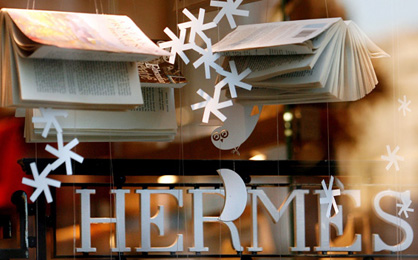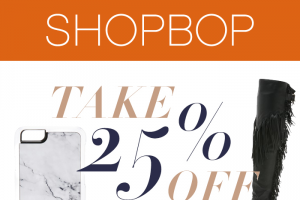Hermès Will Not Give Way To Masstige
Amidst the current economic crisis, Hermès has stood out as a brand that’s weathering the financial crisis quite well. Hermès isn’t tailoring its business strategy or prices to reflect the changing times; the luxury brand (originally a saddle-maker) is staying true to it’s heritage, preserving it’s prestige and integrity by adopting a model of scarcity.
“Hermès has no desire to become “masstige” – a mass producer of prestige goods,” says CEO, Patrick Thomas. “If we put a big H on a bag, we will sell millions. But what if to grow faster you compromise on quality and the finishing of the product? Then people will begin to say, ‘Ah, you know Hermès is no longer the same.’ That’s why we should never do that. It would be a capital sin when you have an asset, a jewel like Hermès.”
In the past 20 years, the number of artisans Hermès employs to make its leather goods by hand has grown from 300 to 2,000, but as Thomas points out, each artisan takes three years to train, slowing the potential production time. Thomas believes it is worth the wait. “If people buy an Hermès bag, they know it is going to last them for 40 years. The bag isn’t an expense, it’s an investment.”
More On Hermes:
Hermès Returns To Its Equestrian Roots
Luxury Yachting Casts Off in Style
Pure Electronic Brilliance: Hermes Diary Concept
Tagged in: hermès, hermes, luxury handbags, birkin bag, kelly bag,



